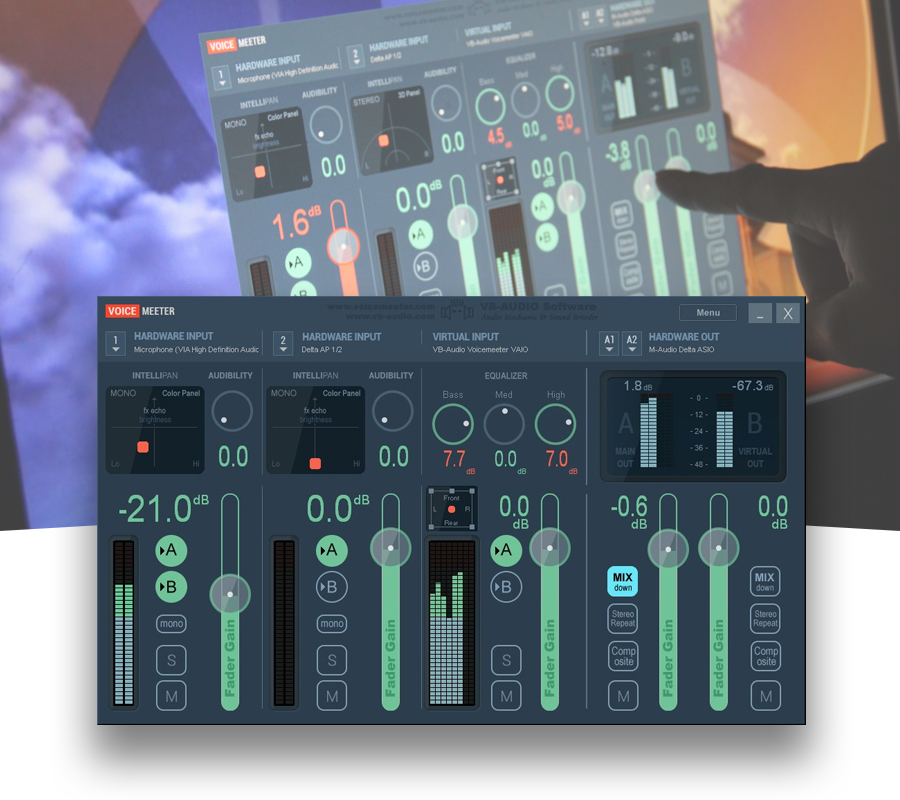Sound Devices For Xp
How to install an audio device in Windows to solve your no audio device problem and restore sound in your computer. Turtle Beach Audio Driver Xp. If Windows cannot find an audio device, the Windows Audio service may have stopped or have become disabled. Kerkythea Materials Pack. Read more to find out how you can fix this condition. Nov 25, 2015 my sound device just stopped working, I have taken it out and put it back in and it doesn't work help me. My sound device just stopped working, I have taken it out and put it back in and it doesn't work help me.
By Filed under:, A no audio device error in Windows can happen when you upgrade to a new Windows version or when you reinstall your Windows operating system. Programs that require an audio device will report an error or produce no sound. The Windows sound configuration will also show “no audio device” and all options a grayed out and disabled. In most cases you need to install an audio device to get your sound working.
All hardware in Windows is linked to a device, and uses a to make sure Windows can communicate with the hardware. So the most common cause for the no audio device error is that the audio driver is not installed, or corrupted.
In case of the no audio device error, always start by installing or reinstalling your audio driver. If you have a driver CD, simply run the audio driver setup from the CD. Chrome Download For Mac 10.6.8. If not, download the audio driver from the manufacturer’s website and run the audio driver installer from the downloaded file.

If you do not know the manufacturer and model of the sound card, you can use a that will automatically detect the sound card and look for the matching driver for you. If the sound card is integrated in the motherboard, you will need to update or install the motherboard chipset drivers instead of a separate sound card driver. Common motherboard chipset manufacturers are Intel, AMD, Via, Sis, and Nvidia. The instructions in this article use Windows XP as a sample, but all tips apply in Windows Vista and Windows 7 equally, although the steps can vary a little. How to check your audio device To see if there is an error with the audio device or find out the type of sound card installed, you can use the Windows Device Manager. It can be started from the Control Panel ->System ->Hardware (the exact steps vary per Windows version).

In the Device Manager, look under Sound, video and game controllers. Here you should find the branded audio device based on the audio device chipset manufacturer. In the example this is Realtek, but other examples of audio device manufacturers are C-Media, Creative, Turtle Beach, Yamaha. If the device has a yellow question mark, there is a problem with the device configuration or driver. Minna No Chizu 3 Rar. If there is no such device, the audio device might not be recognized, and you will find it under the Other devices category and not the Sound, video and game controllers category. Again, this is mostly due to a missing driver.
Install the right driver to install the audio device. Right-click the audio device (or unknown device) in the Device Manager, and in the popup menu select Properties. The first thing to check is to make sure the option Device usage in the bottom of the window is set to Use this device (enable), otherwise the audio device is disabled. Next, select the Properties tab, and open up the Audio Devices group. Click the Properties button to bring up the audio device properties window. In this windows, you want to make sure the radio button Use audio features on this device is selected, and then click OK to close the audio properties window.
Now move to the next tab which is called Driver. Here you can see the current driver details if any, and initiate the Update Driver wizard as well as select Roll Back Driver. Rolling back a driver can help if you recently updated an audio driver and the sound stopped working after that. Windows keeps a copy of the previous driver, which can be restored by rolling back the driver.
Sound card selection If your computer has an onboard audio card, and you want to use a separate (pci) sound card, make sure you disable the onboard sound device in the computer BIOS. Resource conflicts can be a cause for audio devices not to be detected, or not to be working properly. In case you do not have a separate sound card, you might actually need to enables the onboard sound device in the BIOS to get the audio device installed and working. When you are using a USB audio device, the problem might be related to the USB port and not the audio device directly. Check our article on and how to solve them. Sound settings in the Control Panel Apart from the Device Manager, the Sounds and Audio Devices option in the Windows Control Panel can be useful in trying to fix your audio problems. When you click this option and select the Audio tab, you will see: It is important to select the Default device to be the same as the audio device that you have installed.